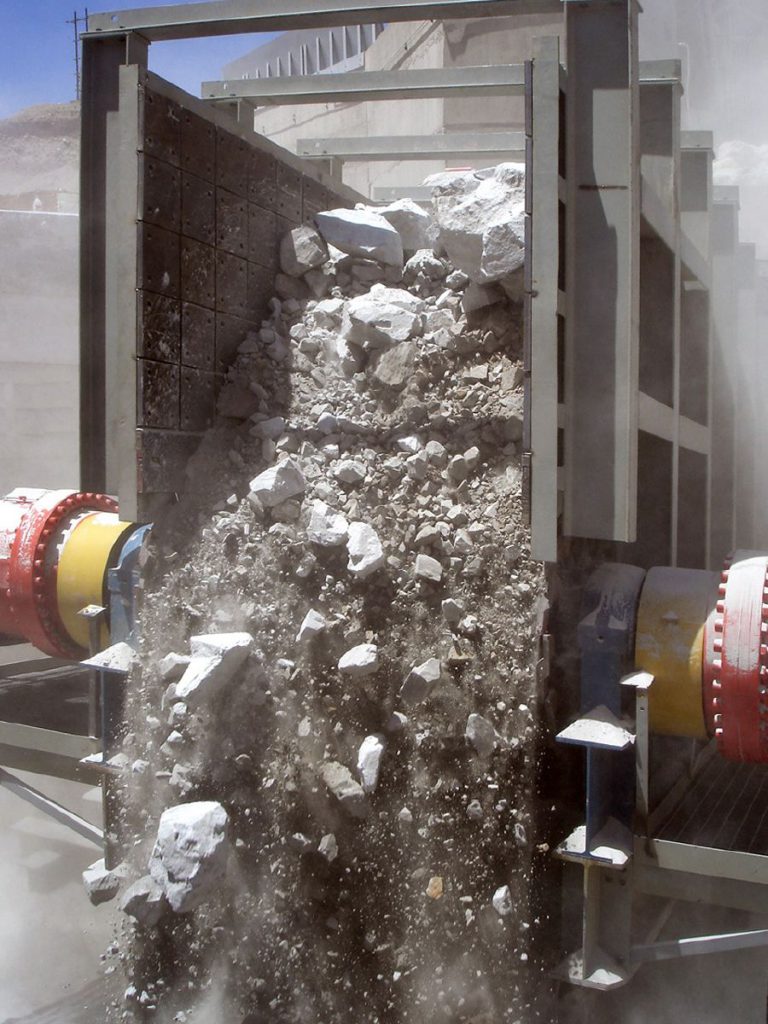
In mining, apron feeders play a major role in ensuring smooth operations and increasing uptime. They are very diverse in their application within a mineral processing circuit. However, the awareness of their full capabilities is still unknown throughout the industry and continually raise questions.
In simple terms, an apron feeder (also known as a pan feeder) is a mechanical type of feeder used in material handing operations to transfer (feed) material to other equipment or extract material (ore/rock) from storage stockpiles, bins or hoppers at a controlled rate of speed.
These feeders can be used in a variety of applications in primary, secondary and tertiary (reclaiming) operations.
Apron feeders are the preferred feeder for several reasons, but there are a few that are commonly seen throughout the industry. Aprons provide better feed control to prevent material feeding in downstream equipment from choking. They have the ability to absorb the shock of loading material directly on the feeder with a shallow bed (the impact coming down on the feeder when the material is dumped is great). Lastly, apron feeders can reclaim a variety of dry or wet materials of various sizes at a uniform rate. This flexibility can be applied in many applications.
A tractor chain style apron feeder refers to the undercarriage chain, rollers and tail wheels that are also used in bulldozers and excavators. This style of feeder dominates the market in industries where users require a feeder that can extract materials of varying characteristics. Polyurethane seals in the chain prevent abrasive materials from entering the internal pin and bushing, which reduces wear and extends equipment life in comparison to a dry chain style. Tractor chain style apron feeders also create less noise pollution for quieter operation. The links of the chain are heat treated, which results in an increased service life.
Overall, the benefits include increased reliability, fewer spare parts, less maintenance and better feed control. In return, these benefits lead to more productivity because of minimal bottlenecks within any mineral processing circuit.
Read the entire article: Feeding the facts 1/3: Apron feeder basics
Comments